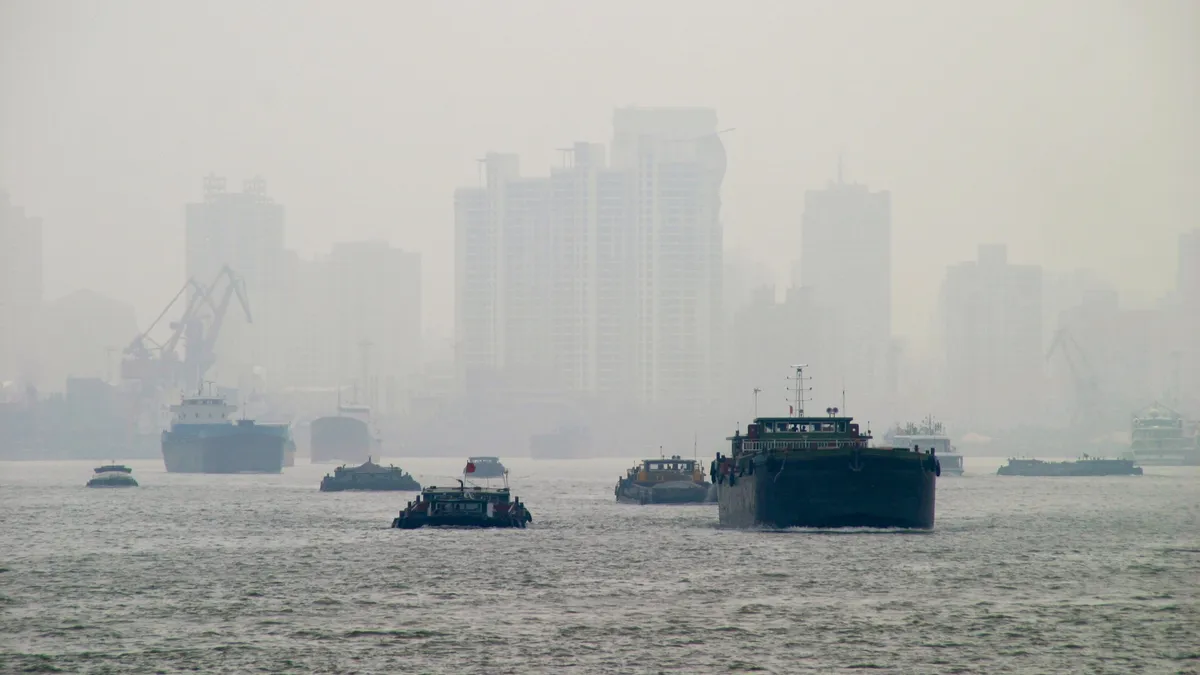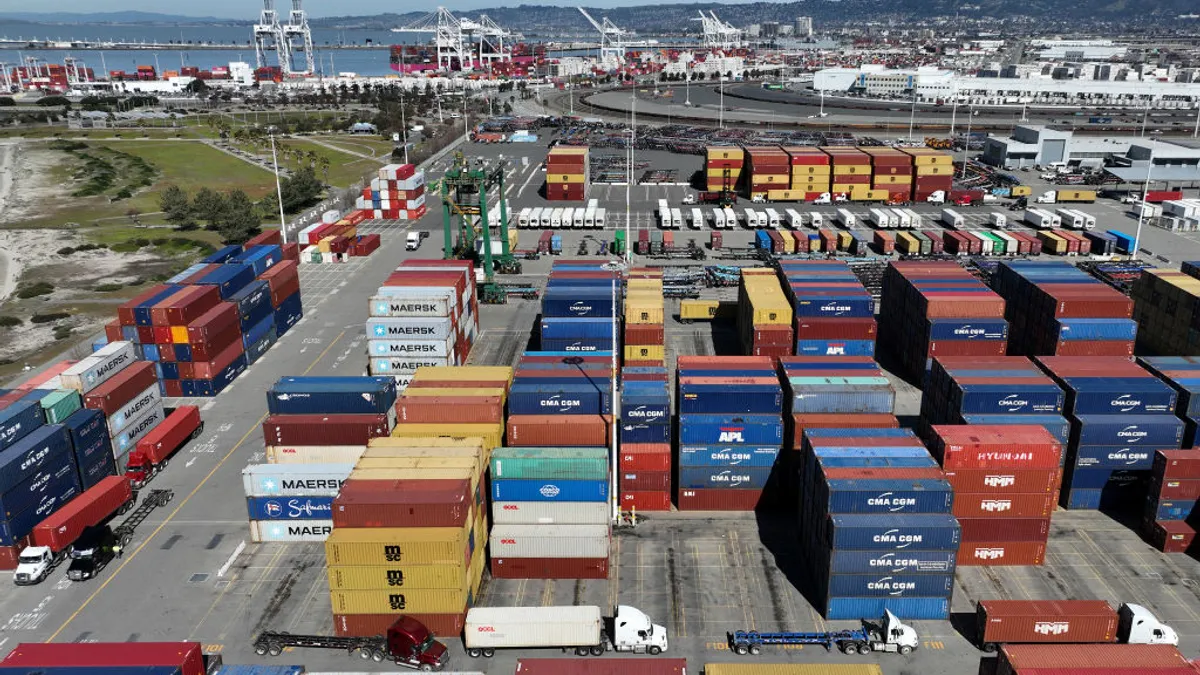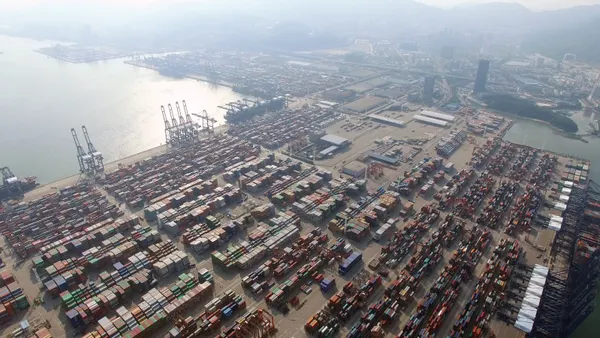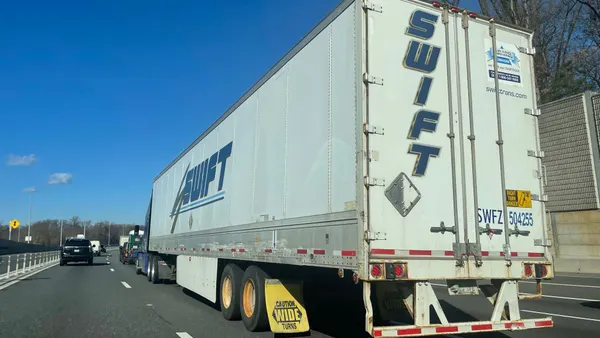Dive Brief:
- After a period of high financial risk, Asian carriers Yang Ming Marine Transport and Hyundai Merchant Marine announced stronger financial footing to start the new year, according to various reports.
- Taiwanese carrier Yang Ming reportedly sold 161 million shares in a private stock offering to various Taiwanese institutional investors, raising $54 million, American Shipper reports. The stock offering is part of a plan to improve liquidity, which was announced shortly after industry analysts raised the specter of bankruptcy if the company's debt ratio did not improve.
- Meanwhile, Korean line Hyundai Merchant Marine on Thursday announced Moody's affiliate Korea Investory Service had upgraded the carrier's credit rating from D/default to BB/stable. The news follows a long, debt restructuring process.
Dive Insight:
With bankruptcies, widespread consolidation and the rise of shipping alliances defining much of 2016, 2017 is shaping up to be a year of industry-wide financial responsibility and capacity corrections for the industry. And not only hopeful announcements from the two Asian carriers, but also industry leaders such as Maersk Line are showing positive signs as well.
Yet, behind the good news for the companies' financials lies a large degree of distrust from shippers and creditors, which has forced greater scrutiny on carriers' debt-ratios. Drewry Maritime Consultants, for example, recently launched a new credit assessment service to track carriers' investments, bonds and trustworthiness to be able to spot risk before another Hanjin-like logistics fiasco occurs. (Although Hanjin Shipping went bankrupt in August, the official process will not begin until next week, and some containers and vessels remain stranded).
Financial risk has always been an important consideration for shippers, especially when dealing with suppliers, but carrier risk was previously an after-thought as shipping lines are often one-step removed in a shippers' supply chain (freight forwarders deal with the lines more directly). The shipper may still not personally evaluate such risks, but as tools to scrutinize the industry improve, it would not be a bad idea to periodically keep track of carriers' risk as well, and extend supply chain visibility.














